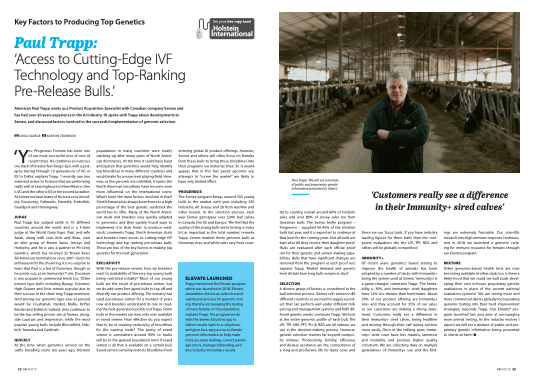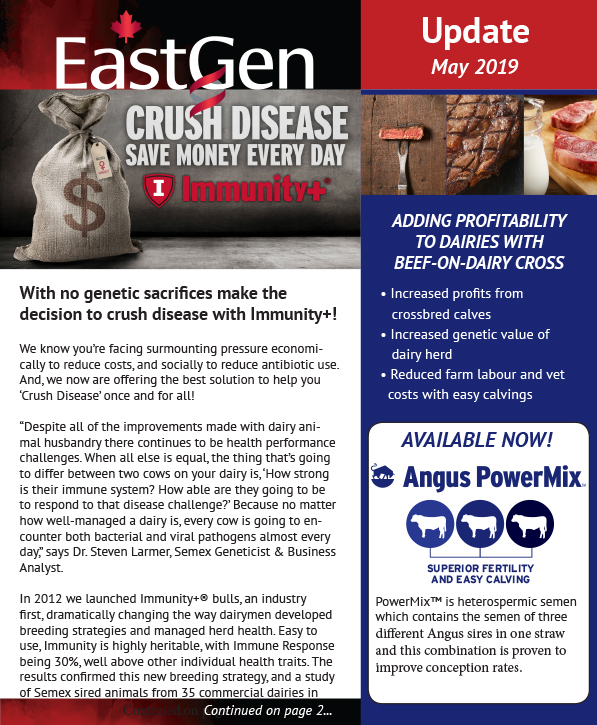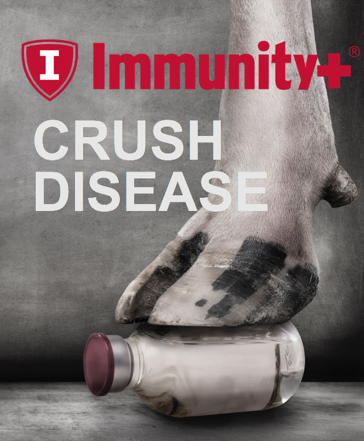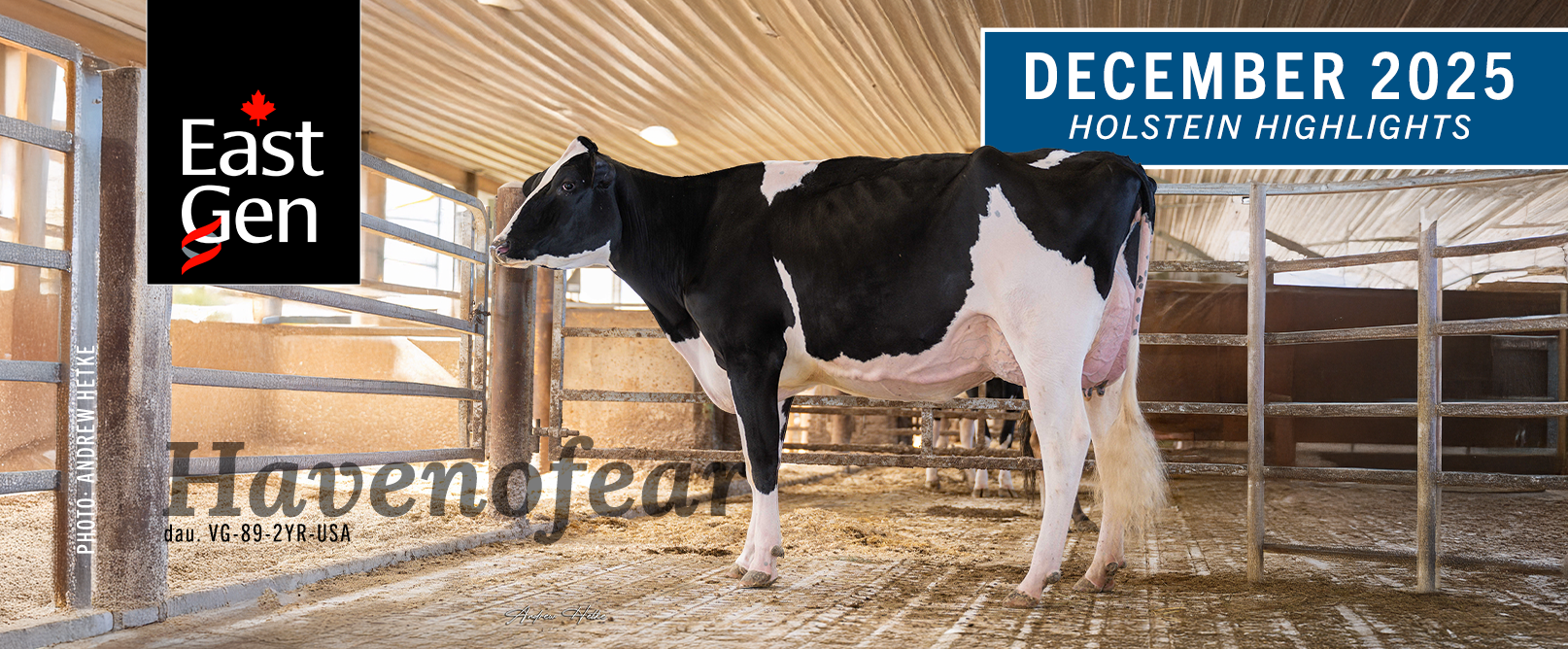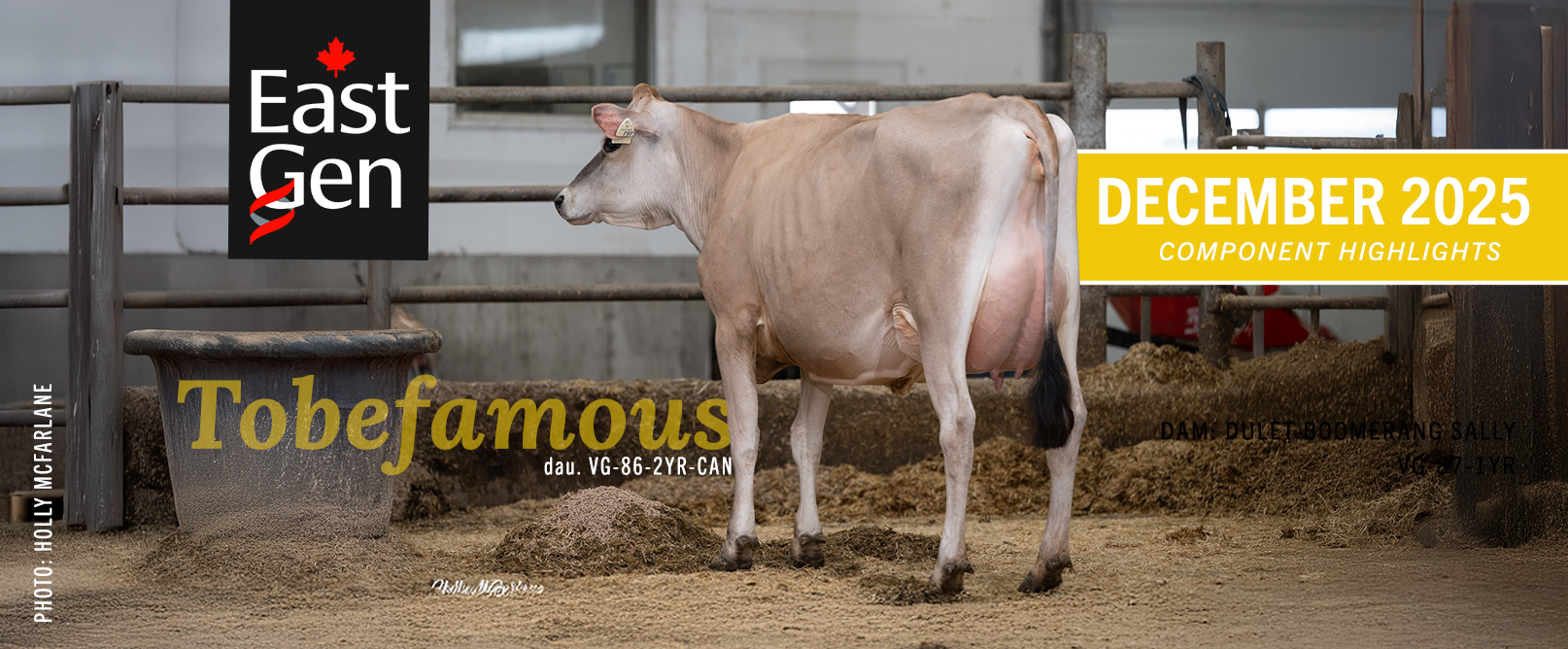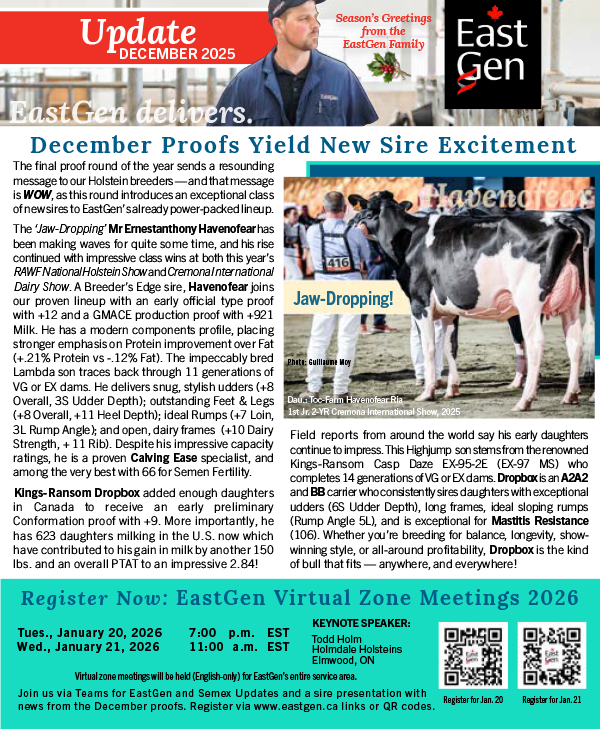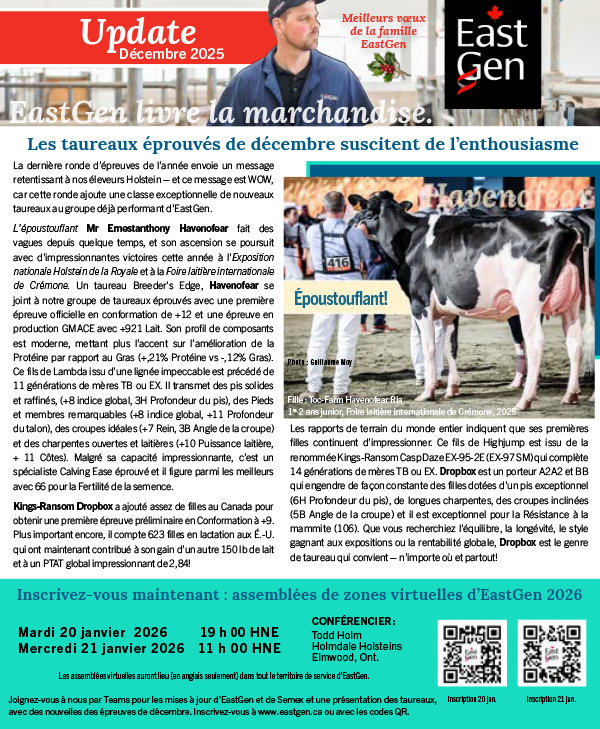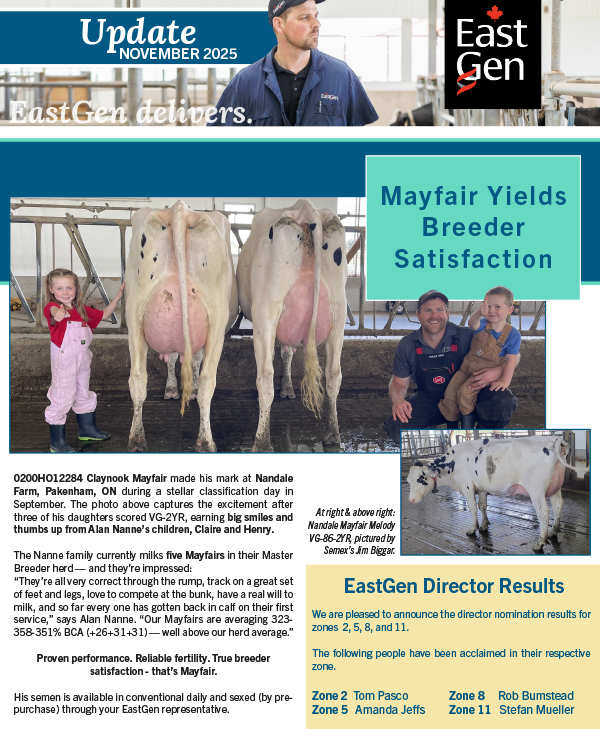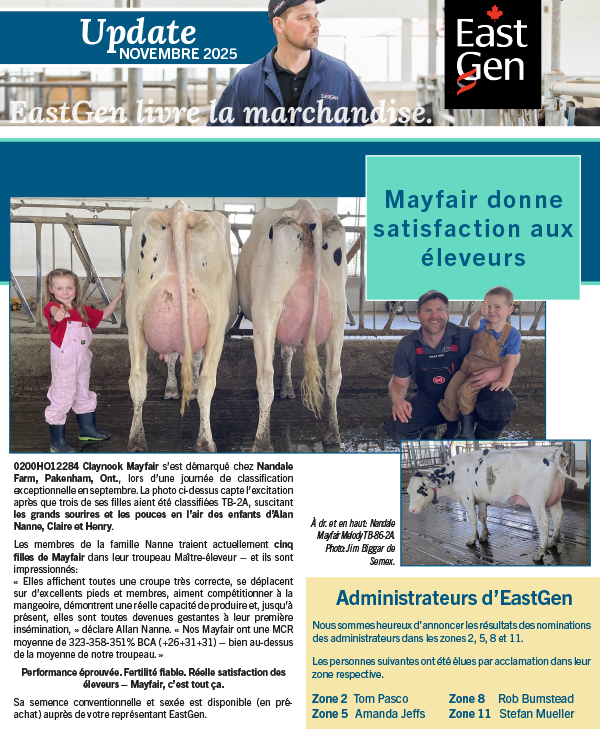The Best Giveaway At World Dairy Expo Now Comes In Brown!
The best giveaway at World Dairy Expo now comes in brown! This year Semex is pleased to be giving away two Immunity+® sired heifers …. One Holstein, and for the first time ever, one Jersey!
“We’re extremely excited to be giving away both a Holstein and a Jersey calf this year,” says Michael Hurst, Semex Director, US Sales & Business Development. “They’re both by in-demand Immunity+ sires and are ready to go home and literally help you build a healthier herd from day one! We’re also giving away 10 Elevate® genomic tests each day and entry is simple… Just come to the Semex Tent!”
Launched in December 2012, Semex’s Immunity+ sire lineup has proven itself to be the only way to effectively crush disease with genetics. At 30% heritability and proven to reduce disease from 5-10% in just one generation with no genetic sacrifices, Immunity+ sires are improving herd health worldwide.
“Studies analyzing health data from over 30,000 cows and 75,000 heifers on 35 herds have shown reductions in every major disease ranging from 5-20% compared to other sires. We’re hearing from herds around the world every day about how healthy these animals are,” says Hurst. “And, with the 2018 launch of our female genomic testing program, Elevate, we can now access female Immunity genomics, providing us with the best way to crush disease and help our clients make more money every day.”
Semex invites all World Dairy Expo attendees to visit the Semex Tent, have fun in our photo booth with special props and prizes, and enter to win one of these calves and 10 free Elevate tests to be announced daily. Known as the ‘place to meet’ at World Dairy Expo Semex will once again be hosting hospitality hours from 5:00-7:00 pm on Thursday and Friday nights, with a live calf draw at 6:00 pm both nights. ... Read More...

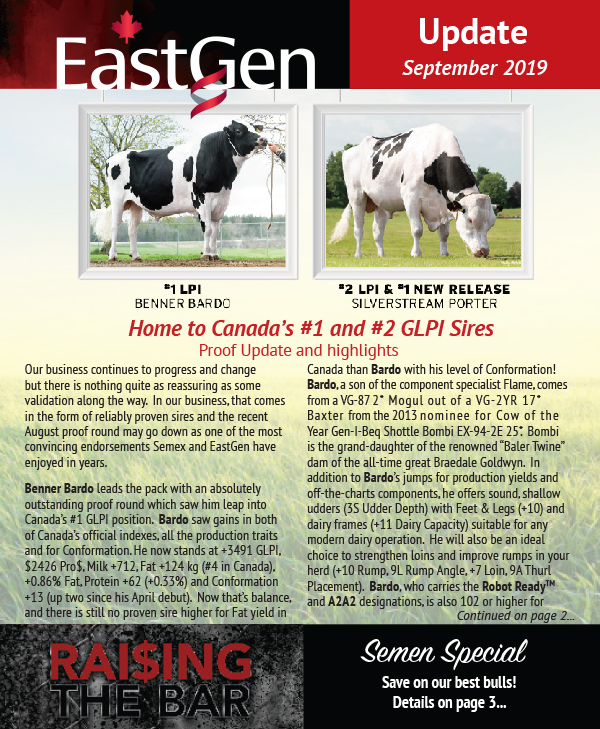
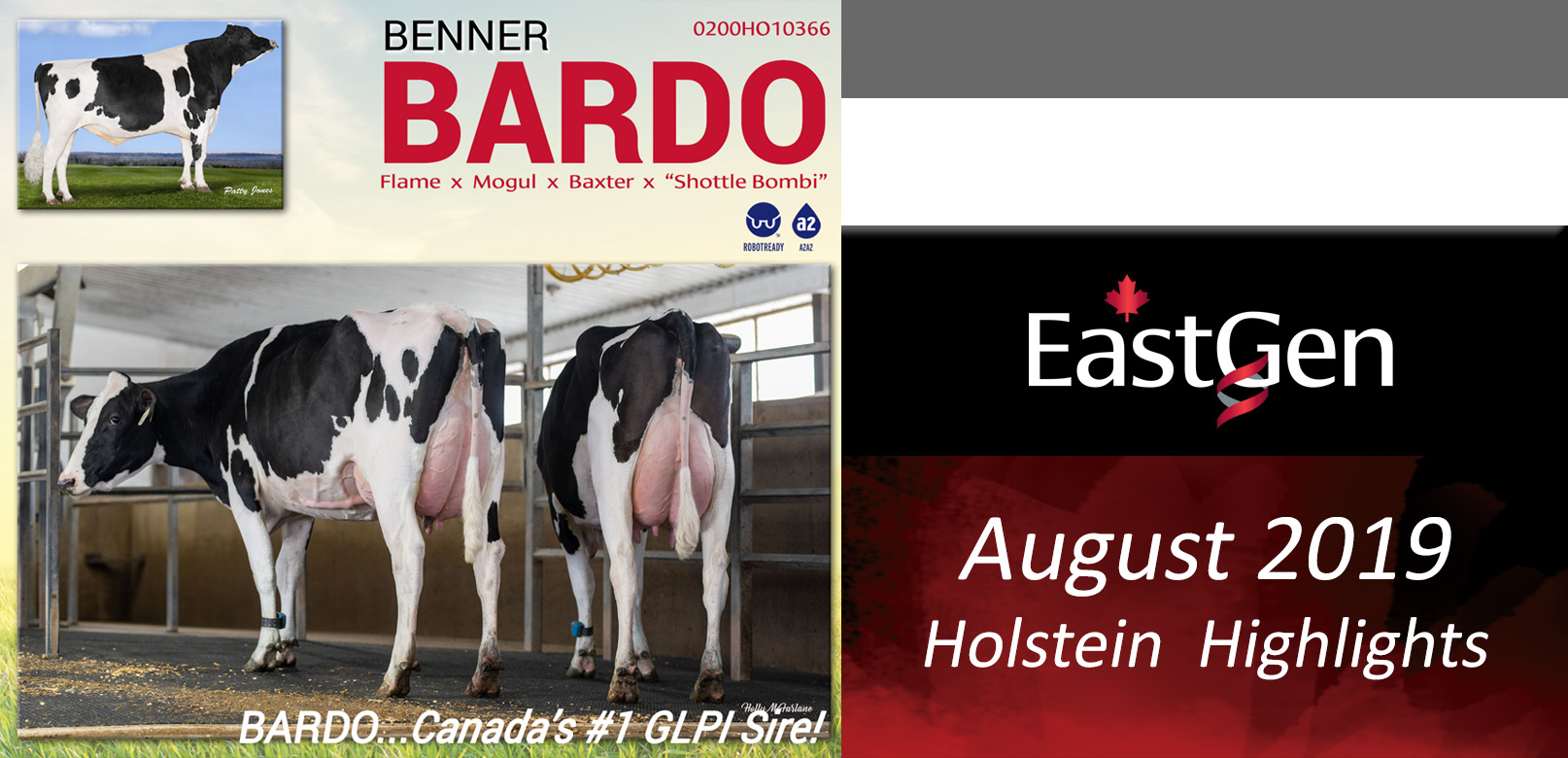
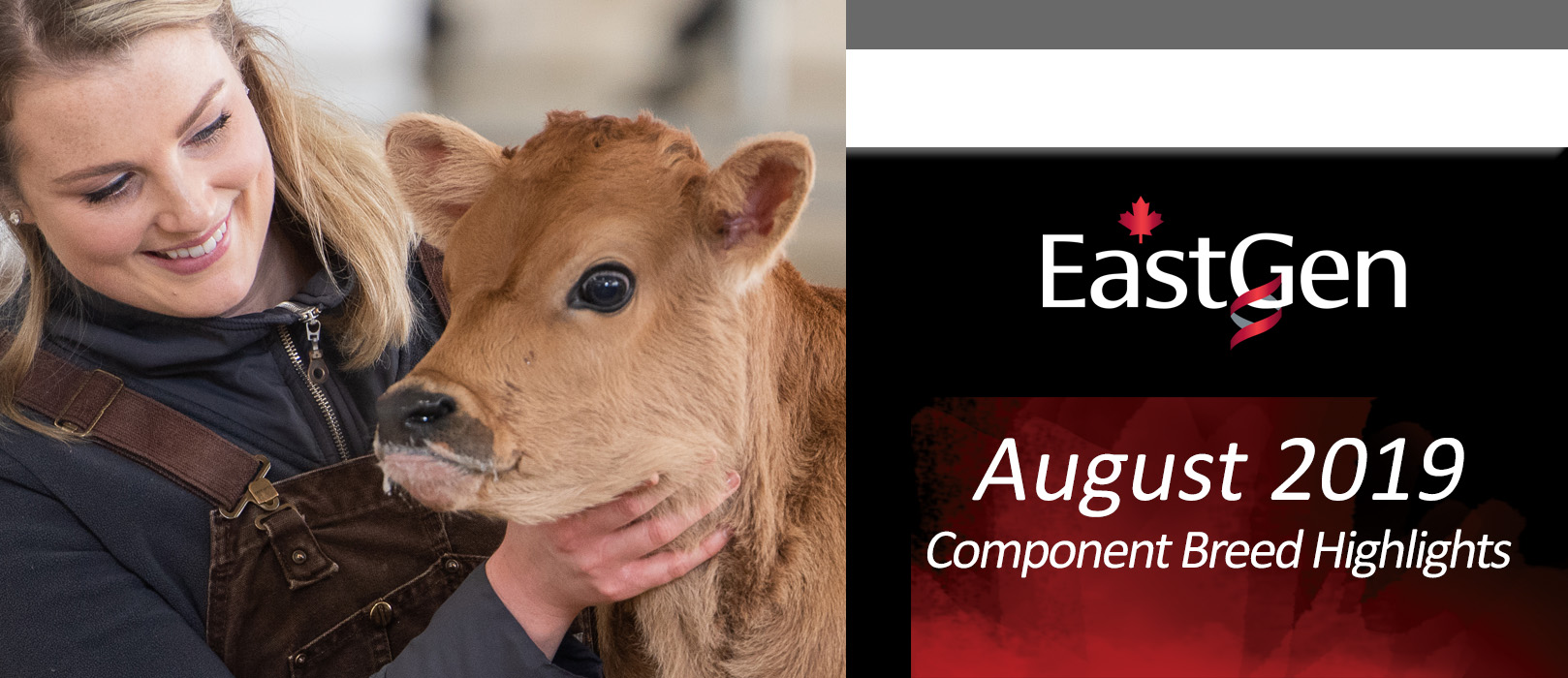
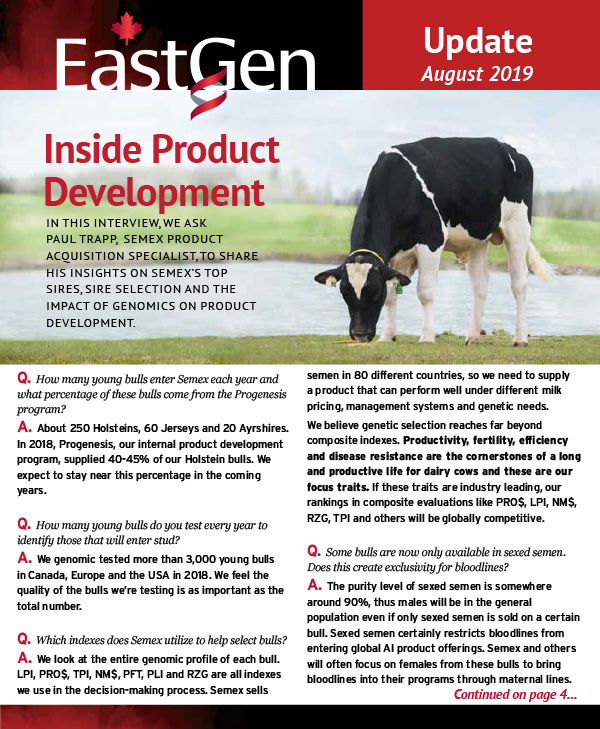
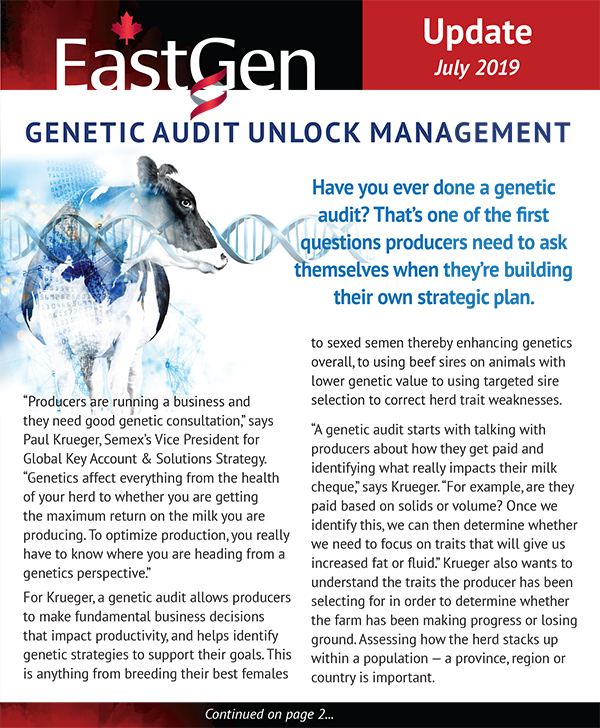
.png)
